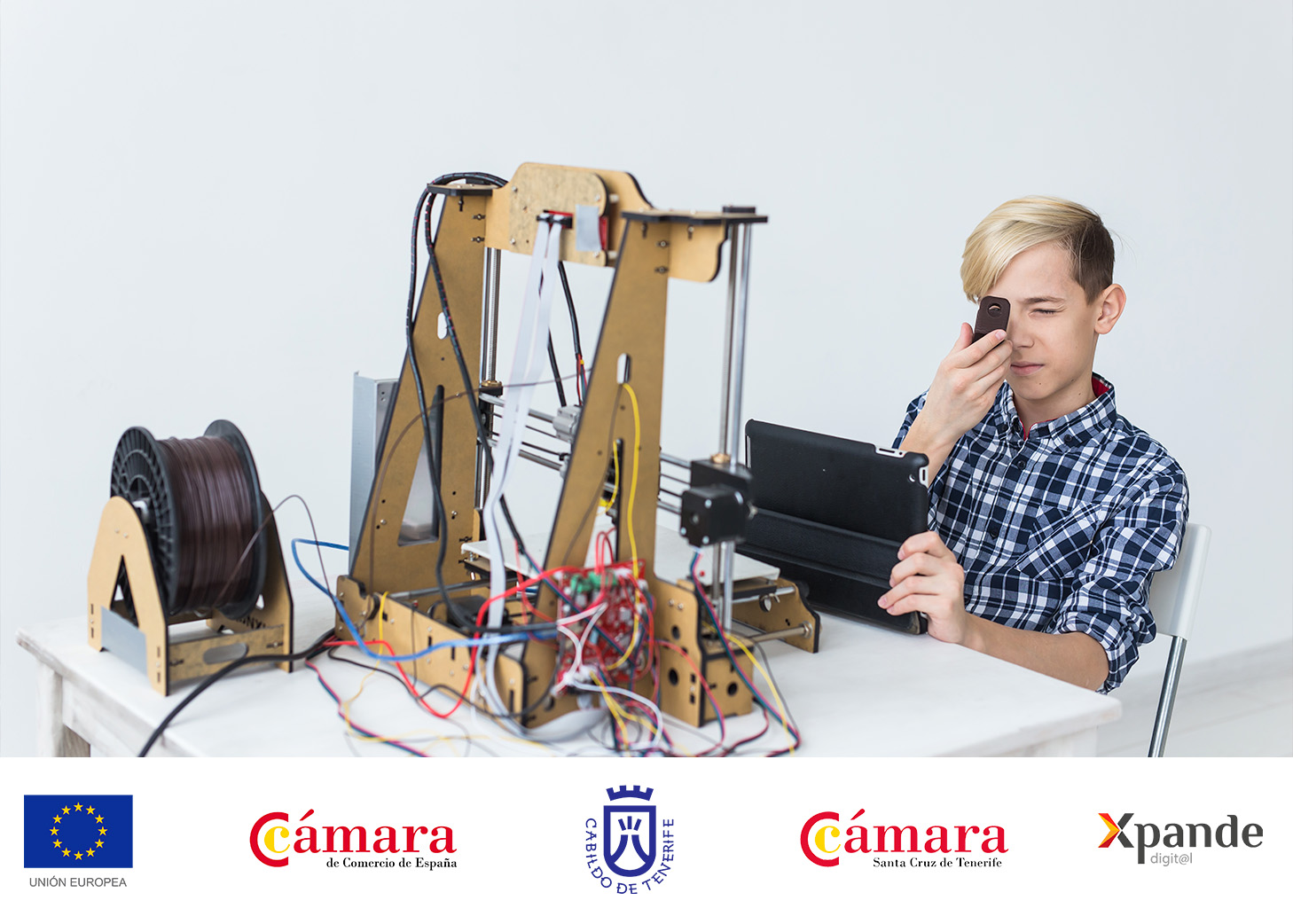Climate change is a global issue that affects us all, which is why STEAM education has become an urgent necessity. Education in these disciplines, along with educational solutions in programming and robotics, plays a crucial role in the fight against climate change. They offer an interdisciplinary approach and innovative solutions to enhance learning and the development of key skills in students. Therefore, in this article, we will discuss the importance of training in this field.
The Significance of STEAM Education:
STEAM training is essential to prepare students for an increasingly technological and globalized world. The integration of science, technology, engineering, art, and mathematics into training programs fosters critical thinking, creativity, problem-solving, and teamwork. Students acquire skills that enable them to tackle complex challenges and discover innovative solutions.

Education in STEAM Competences:
STEAM competency education equips students with the skills necessary to tackle the challenges of the modern world. Through hands-on projects, collaborative activities, and the use of technology, students gain knowledge in areas such as programming and educational robotics. These STEAM competencies enable them to develop technical and social skills, as well as the ability to adapt and continuously learn.
Programming and Educational Robotics:
Programming and educational robotics are powerful tools within STEAM training. Through programming, students learn to code, develop algorithms and solve problems logically. Educational robotics gives them the opportunity to build and program robots, fostering computational thinking and solving real problems. These practical activities allow students to apply abstract concepts in specific situations, facilitating their understanding and promoting their creativity.
The crucial role of education and training in STEAM competences:
Education and training in STEAM competencies are essential to drive innovation, entrepreneurship, and economic growth. In an increasingly technology-driven world, STEAM skills are highly sought after in the current and future job market. Professionals with STEAM training have a competitive edge, as they are prepared for careers in emerging fields such as artificial intelligence, nanotechnology, biotechnology, and renewable energy.
In addition to technical skills, training in STEAM competencies also develops socioemotional skills. Through teamwork, effective communication, and collaborative problem-solving, students acquire key life and societal skills. STEAM training promotes critical thinking and analytical abilities, allowing students to evaluate information objectively and make informed decisions.

La integración de STEAM en los programas educativos:
To ensure effective STEAM education, it is crucial to integrate it comprehensively into educational programs. This involves providing adequate resources, training for teachers, and creating learning environments that promote exploration and experimentation. Educational programming and robotics play a pivotal role in this integration, as they allow students to apply the concepts learned in practical and meaningful contexts.
Furthermore, STEAM training should commence at an early age, promoting curiosity and play as the foundation for learning. Through playful and creative activities, students develop fundamental skills such as logical thinking, problem-solving, and imagination. STEAM training in the early stages of education lays the groundwork for lifelong learning.
STEAM training and education in STEAM competencies are crucial in preparing students for the challenges of the 21st century. The integration of science, technology, engineering, art, and mathematics into educational programs provides students with the tools they need to understand the world around them, address complex problems, and seek innovative solutions.
Educational programming and robotics play a vital role in STEAM training, as they enable students to apply the knowledge they've acquired in practical and relevant contexts. Furthermore, STEAM training develops socioemotional skills and key competencies for life and work in society.
It is imperative that educational institutions and educators commit to providing quality STEAM education. This involves providing adequate resources, ongoing teacher training, and the creation of stimulating learning environments.
Training in STEAM competencies not only prepares students for the future but also fosters their ability to adapt and learn throughout their lives. As technology advances rapidly and new challenges arise, it is crucial for students to be equipped to effectively address them. STEAM training equips them with the necessary skills to adapt to changes, solve complex problems, and find innovative solutions.
In summary, STEAM training and education in STEAM competencies are vital to prepare students for a technological and globalized world. The integration of science, technology, engineering, art, and mathematics into educational programs, along with a focus on educational programming and robotics, provides unique learning opportunities and skill development. By investing in STEAM training, we are investing in the future of our students and in building a more innovative and sustainable world.


